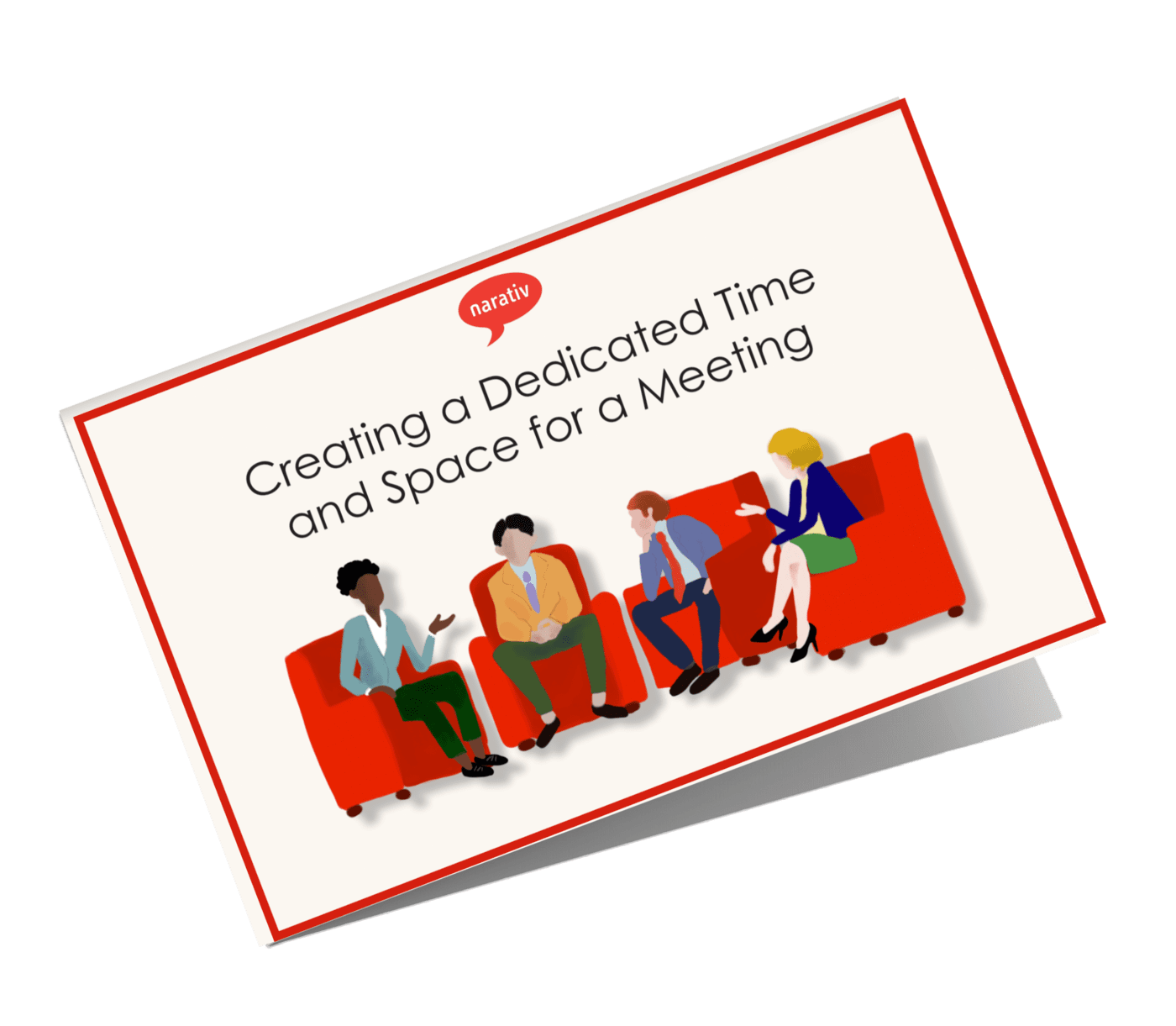At the heart of our storytelling methodology is one key principle: The reciprocal relationship of listening and telling. What do we mean by “the reciprocal relationship of listening and telling”?
It’s actually happening to you now as you read this paragraph. You came to this page with some curiosity. That is your “listening.” As authors, we envisioned a curious reader to whom we addressed this description of our primary principle and that shaped our “telling.” In that sense, we are in a communication dynamic with you. The principle of the reciprocal relationship of listening and telling is a communication strategy.
Listening shapes telling. And telling shapes listening. Just like water being poured into a bowl takes the shape of a bowl.
During any conversation or presentation, listening and telling are mutually influential and cannot be separated. For example, as a listener right now are you: attentive, frustrated, distracted, hurt, ready to move on, happy, or hungry? Any of those conditions will affect how you’re reading this article. If a conversation is happening in person, they would impact the speaker.
Take one of these conditions, say, “attentive.” When you are attentive, a speaker senses your focus and will adapt her delivery. Perhaps she will feel assured by your attention and relax, releasing more creativity. Whereas, if you were distracted, a speaker may hesitate or struggle, as he figures out how best to regain your attention.
What we’ve found in the 25 years since Murray Nossel, Ph.D., discovered the vibrancy and necessity of this principle is that sensitivity to the reciprocal relationship of listening and telling transforms communication. It increases empathy and inspires collaboration. It fosters creativity and insight. It never fails to create a connection, which is the bedrock of all good and lasting communication.
Sensitivity to this reciprocal relationship powers storytelling to go beyond one mind simply mirroring another, the neurological basis of human exchange. Instead, it sees listening and storytelling as a creative partnership that builds trust while imparting information.
So, how are you listening? How will that affect the person who speaks to you next? And the person that speaks to him or her next?
You will find that the power of this relationship ripples throughout your organization and can positively impact your mission and strategy.
Share on facebook
Facebook
Share on twitter
Twitter
Share on linkedin
LinkedIn



